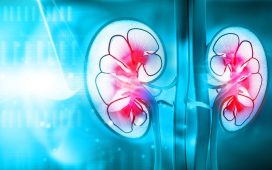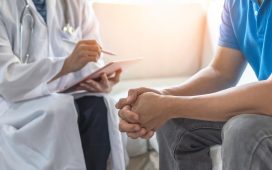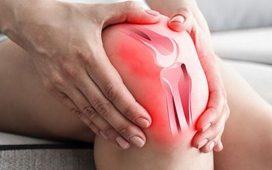Ultrarare, nonsynonymous variants seen in 64% of victims of sudden unexplained death in young
FRIDAY, July 20, 2018 (HealthDay News) — Ultrarare, nonsynonymous variants are seen in 64 percent of victims of sudden unexplained death in the young (SUDY), with 10 of the 27 variants considered pathogenic or likely pathogenic, according to a study published in the June 19 issue of Circulation.
Garrett W. Shanks, from the Mayo Clinic in Rochester, Minn., and colleagues referred 25 consecutive cases of SUDY from 1 to 40 years of age after a negative or equivocal conventional autopsy (16 and nine participants, respectively) to the Windland Smith Rice Sudden Death Genomics Laboratory at the Mayo Clinic. Ninety-nine sudden death-susceptibility genes were analyzed in a whole-exome molecular autopsy. Using the American College of Medical Genetics guidelines, the predicted pathogenicity of ultrarare, nonsynonymous variants was determined.
The researchers found that in 64 percent of SUDY victims there were 27 ultrarare nonsynonymous variants. Seventy-five percent of 12 black individuals and 54 percent of 13 white individuals had an ultrarare nonsynonymous variant. In 28 percent of the individuals, 10 of the 27 variants were considered pathogenic or likely pathogenic. Pathogenic/likely pathogenic variants were identified in 31 percent of autopsy-negative cases and 33 percent of six SUDY victims with equivocal findings of cardiomyopathy. Six pathogenic/likely pathogenic variants in four cases were congruent with the phenotypic findings at autopsy.
“Whole-exome molecular autopsy with gene-specific surveillance is an effective approach for the detection of potential pathogenic variants in SUDY cases,” the authors write. “However, systematic variant adjudication is crucial to ensure accurate and proper care for surviving family members.”
One author disclosed financial ties to the biopharmaceutical industry.
Copyright © 2018 HealthDay. All rights reserved.








